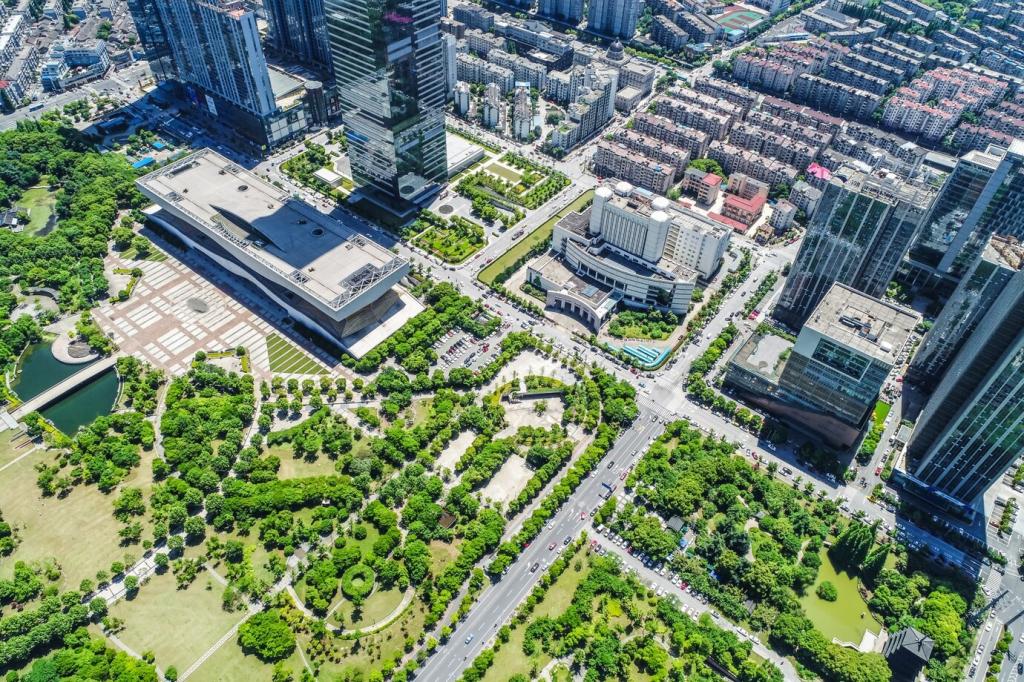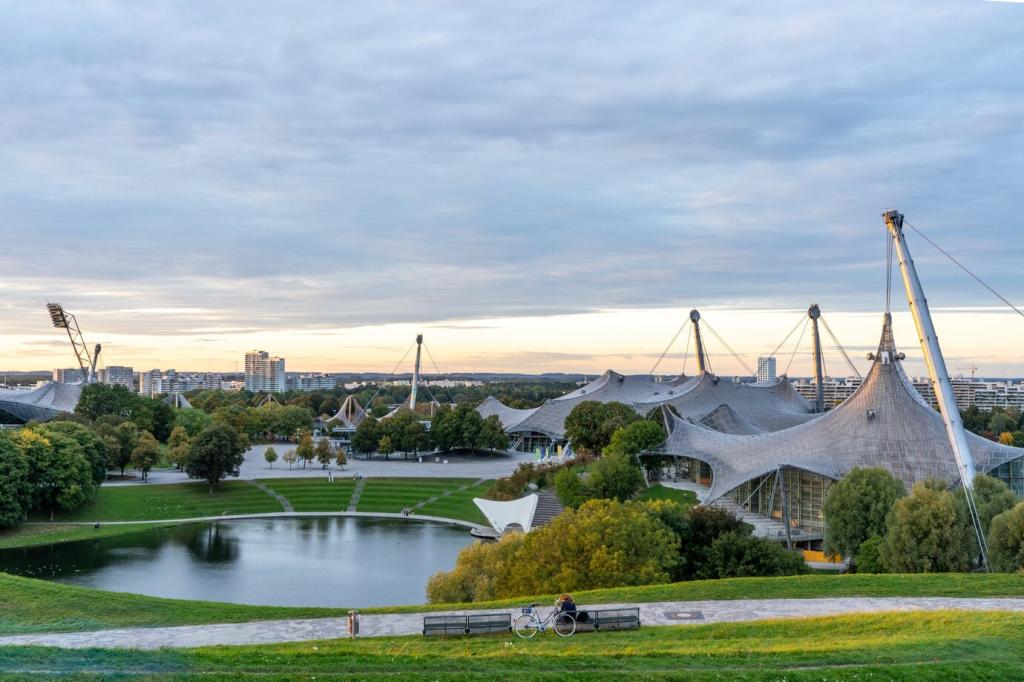Renewable Energy Innovations for Smart Cities
Smart cities are redefining urban living with cutting-edge renewable energy solutions that prioritize sustainability, efficiency, and resilience. As urban populations swell, the need for clean energy sources integrated with advanced technologies grows ever more urgent. By leveraging renewables, smart cities not only reduce their carbon footprint but also enhance residents’ quality of life, provide economic opportunities, and create adaptable urban ecosystems. The synergy between intelligent systems and innovative energy sources sets a new standard for urban development worldwide, paving the way for a cleaner, smarter future.

Incorporating solar panels directly into the fabric of buildings allows urban environments to maximize energy production without sacrificing space or aesthetics. With building-integrated photovoltaics, rooftops, facades, and even windows are transformed into energy-generating assets. This not only reduces operating costs for property owners, but also supports local energy grids and aligns with green building certifications. Continued innovation drives these systems to blend more seamlessly into the architecture, making them increasingly attractive for retrofits and new developments.

Advancing Wind Energy in Urban Environments
Vertical Axis Wind Turbines
Vertical axis wind turbines (VAWTs) are designed specifically for urban deployment, where wind patterns can be turbulent and space is limited. Unlike traditional turbines, VAWTs operate efficiently at lower wind speeds and can be mounted on rooftops or alongside buildings. Their quiet operation and compact footprint make them ideal for dense city environments. As materials and aerodynamic designs improve, VAWTs are becoming an attractive option to contribute to urban energy mixes and showcase innovative engineering.
Hybrid Solar-Wind Installations
Some smart cities are experimenting with hybrid renewable systems that combine both solar panels and wind turbines. This approach maximizes energy production by capturing resources at different times and weather conditions—windy nights, cloudy days, or sunny afternoons. By interconnecting these technologies, cities can ensure a more consistent flow of clean electricity. Integrated control systems manage both sources in real time, leading to greater reliability and optimized energy management for businesses, homes, and public facilities.
Wind Energy on Urban Infrastructure
Bridging the gap between renewable innovation and existing infrastructure, some urban projects are embedding small-scale wind turbines into bridges, sound barriers, and transit stations. These installations transform passive structures into active contributors to clean energy generation. Careful evaluation of wind exposure and structural design allows for unobtrusive placement that enhances the sustainability credentials of city infrastructure. As case studies multiply, more municipalities are considering wind retrofits as a means to harness every available resource.
Previous
Next
Revolutionizing Energy Storage Solutions
Modern battery technology, including lithium-ion and emerging solid-state batteries, is enabling cities to store massive amounts of renewable energy for use when demand spikes or sunlight and wind are scarce. These grid-connected installations sit at substations and key transmission nodes, instantly responding to changes in supply and demand. Their scalable nature allows for incremental expansion as renewable adoption grows, supporting robust electrical grids in the face of increasing urbanization.
Previous slide
Next slide

Intelligent Grid Management and Data Analytics
Advanced sensors and meters continuously track energy production, consumption, and grid health across the urban landscape. This granular data empowers utility operators and city planners to identify trends, detect inefficiencies, and respond to outages with agility. Citizens, too, can access real-time feedback about their own energy use. Such transparency drives collective action to reduce waste and optimize performance.

Community-Owned Renewable Projects
Smart cities are fostering neighborhood solar farms and wind cooperatives that share costs, benefits, and management responsibilities among local stakeholders. These community projects democratize renewable adoption, keep resources within the neighborhood, and increase engagement with sustainability initiatives. By lowering barriers to entry, such ventures make clean power accessible to renters, low-income families, and small businesses alike.

Peer-to-Peer Energy Trading
Blockchain and digital platforms enable individuals and businesses to sell excess energy generated from their own solar panels or wind turbines directly to others. This peer-to-peer energy trading enhances flexibility and efficiency, allowing for a multilayered, decentralized market. Participants can optimize returns on their investments and help balance supply and demand at the neighborhood level. Such innovations are turning city residents from passive consumers into active energy market participants.

Resilient Islanded Microgrids
Critical facilities such as hospitals, emergency shelters, and data centers benefit from dedicated microgrids capable of operating independently when the main grid fails. Powered by local renewables and advanced batteries, these “islanded” microgrids bolster urban resilience during extreme weather or outages. Their reliability is crucial in the face of climate change, natural disasters, and cyber threats, ensuring essential services stay operational when they are needed most.
Modern buildings are equipped with automation systems that use AI-powered sensors to monitor occupancy, sunlight, air quality, and temperature. These systems adjust heating, cooling, and lighting in real time to reduce energy consumption without compromising comfort. Some even learn occupant routines, continuously refining settings to maximize efficiency. This intelligent management extends the value of renewables by ensuring energy is only used where and when it is needed most.
